More research is needed using multisite, different research designs, and involvement of people with scleroderma to determine evidence-based non-pharmaceutical interventions for scleroderma, according to Monday’s ARHP Distinguished Lecturer: Living Well with Scleroderma: Evidence-Based Discussion. Janet L. Poole, PhD, OTR/L, Professor and Director of the Occupational Therapy Graduate Program at the University of New Mexico, reviewed the research on non-pharmaceutical interventions for systemic sclerosis, or scleroderma, and noted that much of the existing research can’t be considered “strong” based on the USPTF guidelines.
“There are a lot of challenges in conducting research with people with scleroderma. It’s a rare disease,” said Dr. Poole. “There’s often not enough people at a single center to conduct large RCTs.”
Of all the studies that she reviewed, she noted that all but two had fewer than 100 participants, and most had only about 40 or 50 participants total.
Research is further challenged by the large variety of scleroderma patients, most of whom are women, in terms of type of disease, stage of disease, and age range, and the scarcity of professionals other than scleroderma specialists, rheumatologists, nurses, and physician assistants to provide the non-pharmaceutical interventions. “Even in the scleroderma centers in this country oftentimes, there are not the OTs, PTs, psychologists, or social workers to actually provide the interventions or who have knowledge of scleroderma,” she said.
Additionally, there are challenges in getting patients to adhere to behavior-based interventions.
“It’s something that people have to take on themselves and really be motivated to do,” she said.
She presented research on a variety of interventions, from comprehensive multidisciplinary programs and oral and face exercises, which had strong evidence-based results, to research with more moderate results such as hand and aerobic exercise. She also provided information on those interventions with limited or insufficient evidence, including psychoeducational self-management programs. Despite the challenges of conducting research on non-pharmaceutical interventions, Dr. Poole believes certain steps can improve research quality.
“Involve people with scleroderma as research team members so the intervention is focused on the needs of people with scleroderma,” she said, adding that telemedicine, internet, Skype, and Go-to-Meeting-type focus groups offer promising opportunities.
She noted that there are interventions that patients found helpful, but they aren’t being disseminated to other patients with scleroderma. Groups like SPIN, or the Scleroderma Patient-Centered Intervention Network, are organizing researchers, patients, and health care providers to develop and disseminate virtual interventions for patients.
“They use a cohort multiple-RCT design,” she explained. “Patients of these scleroderma centers that are involved in the research are evaluated using all the evaluations that the rheumatologist does, but they also fill out a series of self-reports. So they are developing this large database of people with the condition.”
Researchers can choose patients from the database to participate in an intervention study, while at the same time collecting data from those not in the study as the control group.
“This is a way to involve people with scleroderma as part of the team, use a different type of design and then also to develop and deliver these virtual intervention. So it’s kind of the way of the future here,” she said.
